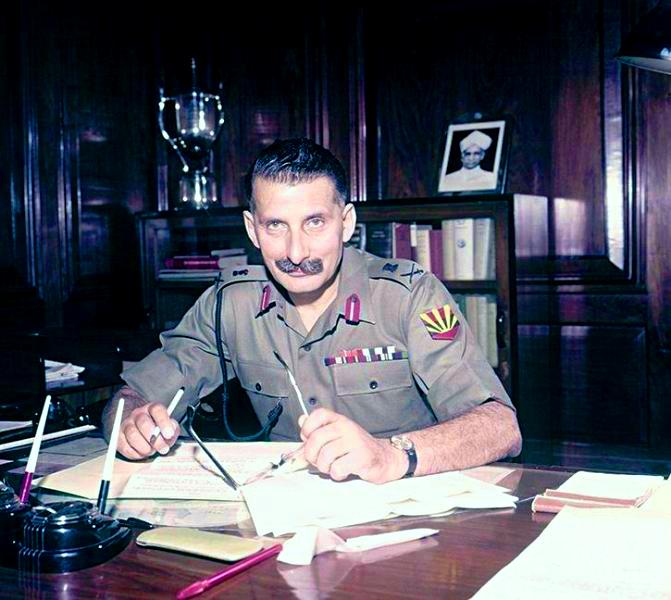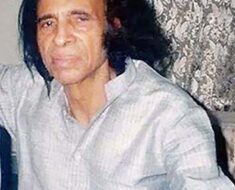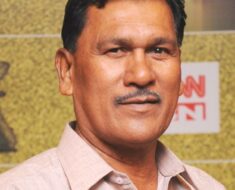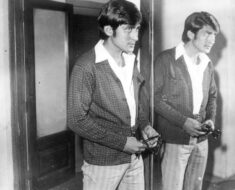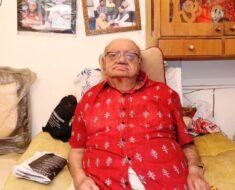Sam Manekshaw, a name synonymous with Indian military history, remains an iconic figure. This comprehensive biography explores the life and legacy of this legendary Field Marshal.
Wiki/Biography
Sam Manekshaw was born on Friday, 3 April 1914 (age 94 years; at the time of death) in Amritsar, Punjab. His zodiac sign is Aries. He received his schooling at Sherwood College, Nanital, and later pursued his graduation from Hindu Sabha College, Amritsar. His initial aspiration was to study medicine in London, aiming to become a gynaecologist. However, his father’s disapproval led him to a different path.
As an act of rebellion, he applied to the Indian Military Academy (IMA) in Dehradun, securing sixth place on the merit list. He joined the very first batch of IMA in 1932, a pioneering group of 40 cadets.
Physical Appearance
- Height (approx.): 5’ 9”
- Eye Colour: Dark Brown
- Hair Colour: Black
Family
Sam Manekshaw followed the Zoroastrian religion. His father, Hormusji Manekshaw, was an army doctor, and his mother, Hilla, was a homemaker. He was the fifth of their five children; he had three brothers – Fali (elder; engineer), Jan (elder; engineer), and Jemi (younger; medical officer of the Royal Indian Air Force) – and two elder sisters, Sila and Sheroo, both teachers.
He met his wife, Silloo Bode, in 1937, marrying her on 22 April 1939. They had two daughters, Sherry and Maja. His granddaughter, Brandy Batliwala, resides in New York and works in the hospitality industry.
Career
Selected for the inaugural IMA batch, Sam’s military training commenced on 1 October 1932, culminating in his commissioning as a second lieutenant on 1 February 1935. His early career involved service with the 2nd battalion of the Royal Scots in Lahore. He served as battalion quartermaster from May 1938 and qualified as a Higher Standard Army Interpreter in Pashto in October 1938.
World War II saw Sam serve as an acting captain and major due to officer shortages. His bravery in Burma during the 1942 Sittang River campaign earned him recognition. A remarkable incident involved his survival despite being hit by seven bullets during a hill capture. His resilience and humor even in critical condition impressed his surgeon.
Post-independence, Sam served with the 8th Gorkha Regiment, showcasing strong administrative skills. His subsequent career involved numerous postings and tackling various insurgencies across India. His role in resolving the Nagaland insurgency earned him the Padma Bhushan in 1968. He became the 8th Chief of Army Staff on 8 June 1969.
His pivotal role in the 1971 Indo-Pak war is legendary. He displayed incredible strategic leadership resulting in a decisive victory for India. His promotion to Field Marshal in 1973 made him the first in independent India to achieve this rank.
Death
Sam Manekshaw passed away on 27 June 2008, at the age of 94, due to acute bronchopneumonia. He is buried with full military honors in Ooty, Tamil Nadu, next to his wife.
Controversies
Despite his lifetime position as Field Marshal, reports surfaced regarding unpaid allowances. Former President A.P.J. Abdul Kalam addressed this in 2007. Furthermore, the lack of prominent official representation at his funeral sparked controversy.
Awards, Honours, and Achievements
Sam Manekshaw’s distinguished career was marked by numerous accolades:
| Award | Year |
|---|---|
| Military Cross | 1942 |
| Burma Gallantry Award | 1944 |
| 9 Years Long Service Medal | 1944 |
| 1939-1945 Star | 1945 |
| Burma Star | 1945 |
| War Medal | 1945 |
| India Service Medal | 1945 |
| General Service Medal | 1947 |
| 20 Years Long Service Medal | 1955 |
| Padma Bhushan | 1968 |
| Poorvi Star | 1971 |
| Paschimi Star | 1971 |
| Padma Vibhushan | 1972 |
| Sangram Medal | 1972 |
Car Collection
Sam Manekshaw’s car collection included a Sunbeam Rapier (purchased in 1957) and a Maruti 800.
Facts
- He was the first Indian Army officer to be promoted to Field Marshal while on active duty.
- The Gorkha Regiment famously gave him a unique retirement farewell.
- His motto was “Fight to Win.”
- He successfully resisted political interference in military affairs.
- He was a dog lover and enjoyed gardening, keeping cows, hens, and honeybees.
- He collected various items such as soaps, matchboxes, and playing cards.
- He enjoyed Western classical music.
- Numerous memorials and tributes have been erected in his honor across India.

